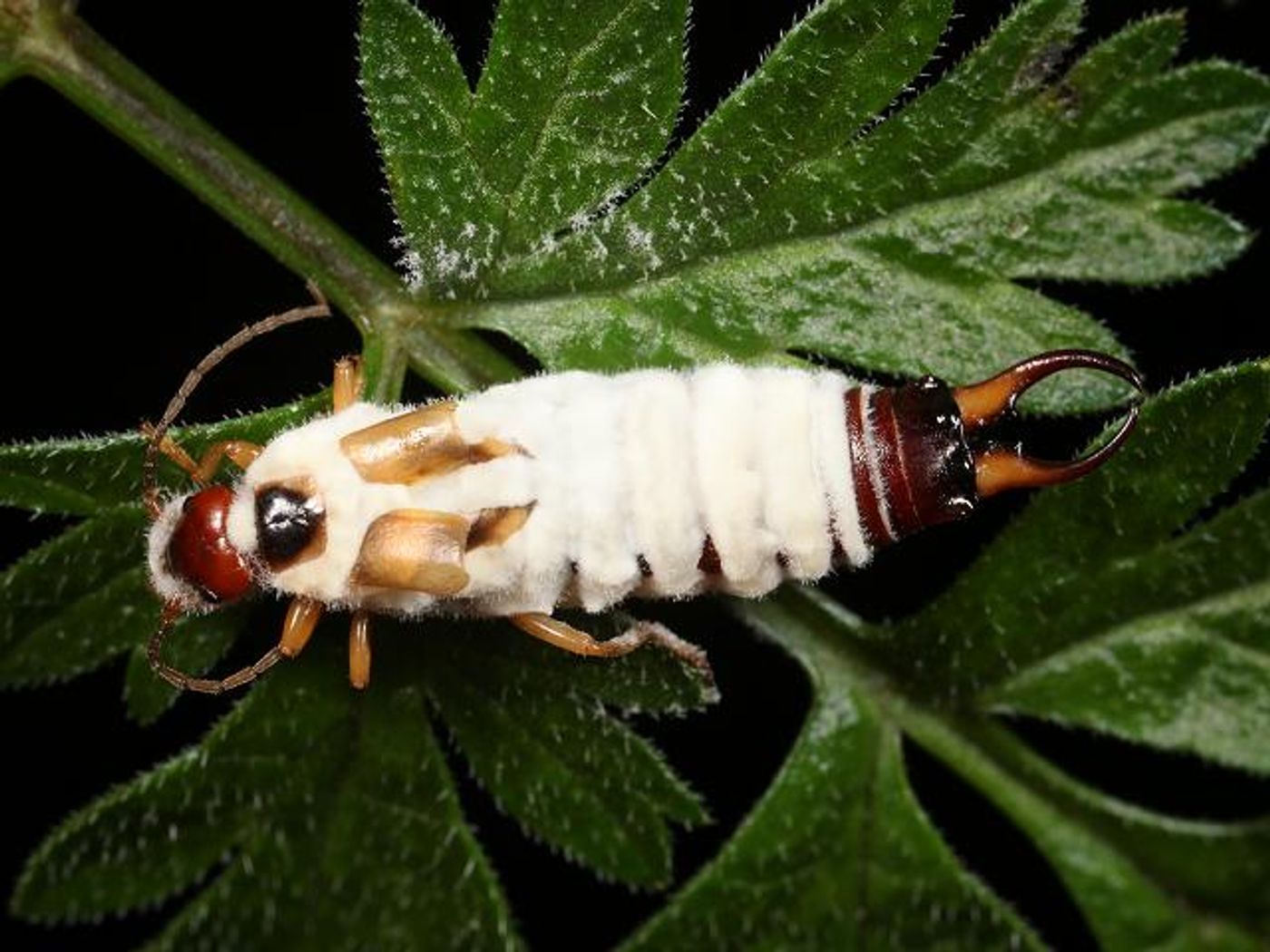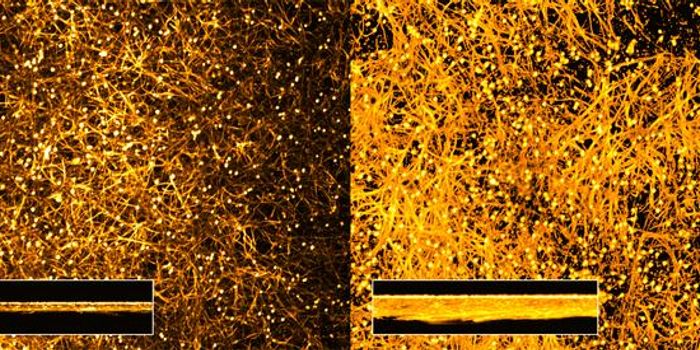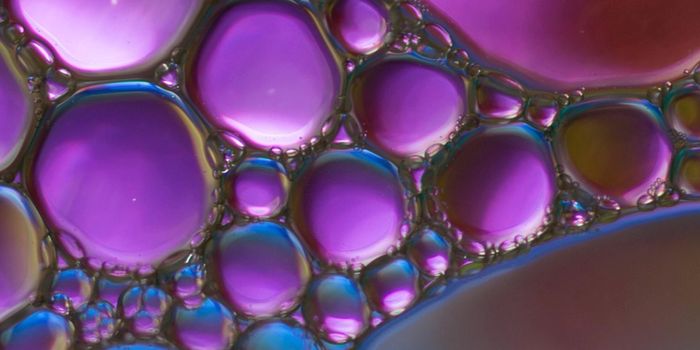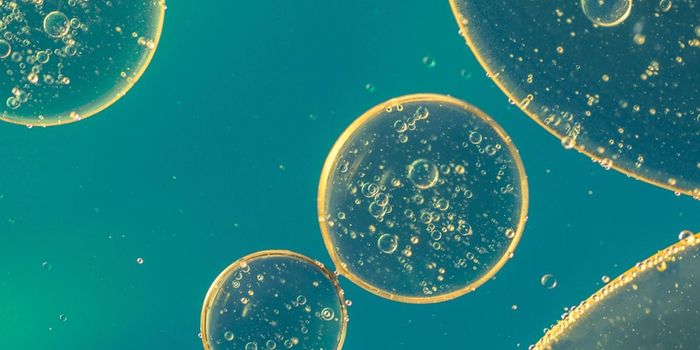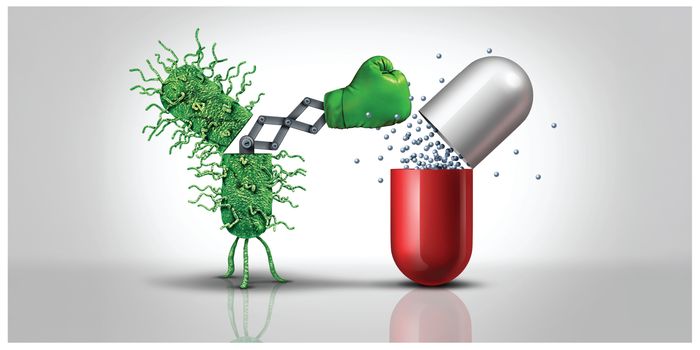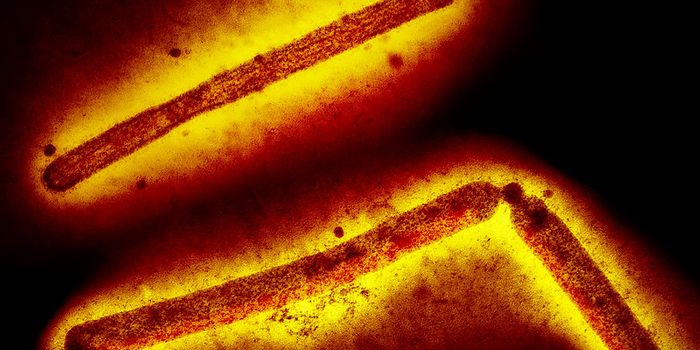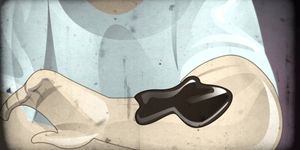Insects beware, fungi mean business
I recently saw a headline about how fruit flies that take more naps are more resistant to fungal and bacterial infections. This got me interested in insect pathogens (and naps), and I stumbled into the world of entomopathic fungi - those are fancy words for fungi that infect insects.
Three of the most important fungal pathogens are Metarhizium anisopliae, Beauveria bassiana, and Isaria fumosorosea. These fungi are called parasitoids - organisms that spend some part of their life as a parasite.
You’d think that insects contract these pathogens by ingesting them, right? Wrong. The infection process is pretty unique (and terrifying). These fungi grow in soils all over the world, so their spores hang out in the environment, waiting for an unsuspecting insect to come along. (This seems to be a common theme in nature.)
When the spores come into contact with an insect, they germinate and physically penetrate the spiracles and pores in the insect’s cuticle (its hard outer shell). The fungus grows inside of the insect’s body, slurping up all the nutritious insect juices and killing it in a few days.
M. anisopliae’s spores are hydrophobic, and this may help the spores attach to the cuticle. At the same time, fungal and host lectins may also boost spore attachment. This particular fungus also produces secondary metabolites called destruxins that help overcome host immune defenses.
I. fumosorosea spores are especially widespread - they have been found on plants, in the water, and in the air of every continent except Antarctica. This fungus also produces a handful of enzymes - proteases, chitinases, and lipases - to counteract host defenses and promote infection.
In each case, the fungus produces spores on the outside of the insect’s body, giving it a distinct color and appearance. M. anisopliae infection is called green muscardine disease because of its green spores, and B. bassiana produces white muscardine disease.
Because each fungus only has to penetrate the insect’s cuticle to initiate infection, their host ranges are quite broad - they can infect many different types of insects. This is good and bad. Good for the fungus because it can snack on most any insect. Bad for insects because, you get the picture.
As humans do, we’ve found a way to use these little fungi to our advantage. Because they effectively kill insects and do not infect humans or other animals, they’re gaining rather widespread use as biocontrol agents for crop pests.
The use of entomopathogenic fungi as biocontrol agents goes way back to 1879 when Elie Metchnikoff tested a fungus against the wheat grain beetle. As of the early 2000s, I. fumosorosea was used in 7 pest control products around the world, and Bioblast is a product commonly used to kill termites.
The main weakness of using these fungi in commercial applications is that their efficacy at killing insects can vary. However, researchers are working to engineer strains that are more virulent and that may be able to target specific insect hosts. Most of these efforts are focused on reducing the number of spores needed to initiate an infection and reducing the time it takes the fungus to kill the insect.
Beyond agricultural pest control, researchers are working to use M. anisopliae as a biocontrol agent for malaria-transmitting mosquitoes and ticks that spread Lyme disease. Last, but not least, there’s also a group at the Indian Institute of Chemical Technology that engineered an M. anisopliae enzyme to produce biofuel at room temperature - a reaction that usually involves heat.
Normally I rave about bacteria, but fungi can be pretty cool too.
Sources: Current Opinion in Microbiology, The Mycota, Wikipedia, University of Illinois, EPA, PLOS Pathogens, Encyclopedia of Life
